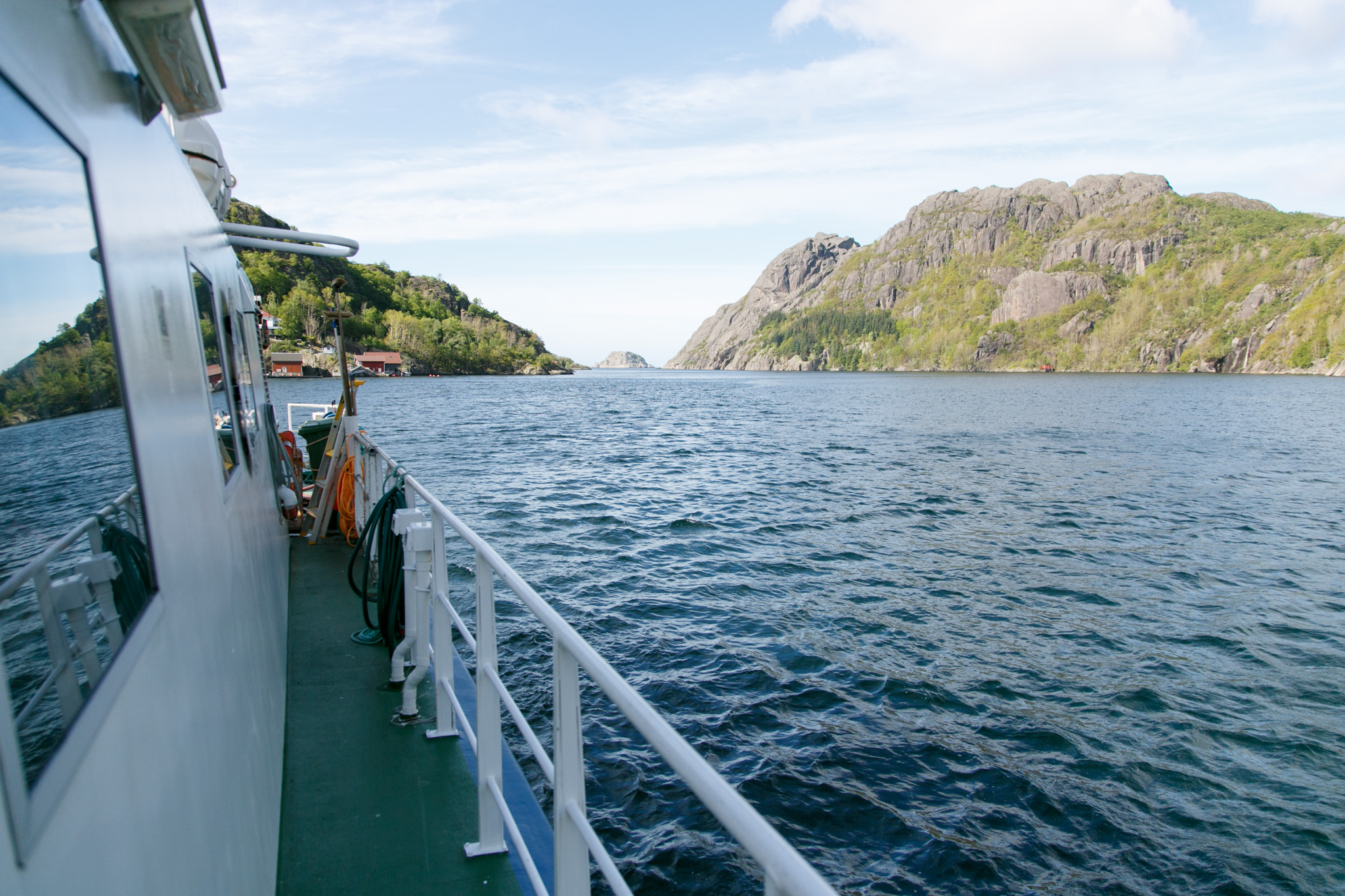Scientists trace pollutants from the brown crab back to the source

The brown crab is a good eco-indicator of seafloor ecosystem conditions.
Photo: Erling Svensen / Institute of Marine ResearchPublished: 12.08.2024 Updated: 25.09.2024
“This stable isotope approach has been previously used for mercury, in Norway, however our study is novel in that it simultaneously traces several heavy metal isotopes from sea disposal of mining waste in fjord ecosystems,” scientist Dr. Michael Bank says.
One part sophisticated chemistry, a dash of advanced mathematics, and a sprinkle of machine learning has made it possible for the researchers to model and trace pollution in Jøssingfjord.
For over 20 years, mine tailings from a titanium mine were deposited in this fjord. In the most active period, during the 1980s, mining waste was estimated to be approximately 2 million tonnes per year.
The marine researchers are still mapping the consequences for fjord ecosystems.
“We have developed a model that allows us to trace several heavy metal pollutants from land to sea in marine sediment and brown crab (Cancer pagurus), also known as the “edible crab,” which are commonly consumed by humans. The model is sensible and can be used across a wide array of different ecosystem types, and especially in areas where point source pollution is problematic,” Bank explains.
The findings were recently reported in a research article published in the prestigious Journal of Hazardous Materials.
Back to the source
In 2018, researchers from the Institute of Marine Research (IMR) conducted a sampling cruise in conjunction with other seafood safety surveillance efforts in Jøssingfjord, southern Norway. They collected marine sediment samples and brown crabs in the impacted, sea disposal area and from reference areas.
The goal was to investigate what impacts from the historic sea disposal practices could still be detected in the marine environment.
“Different sample types provided us with a comprehensive set of information,” said Bank. The brown meat of the crab (called the hepatopancreas) indicates what heavy metals it has recently been exposed to, while claw muscle reflects more long-term pollution regimes. Sediment, on the other hand, is like an archive of the ocean’s memory. Here, the researchers can trace pollution from the last 30-35 years to examine the legacy and scale of effects.
“In the past, we have shown that sediment or biota may have high heavy metal concentrations, yet sometimes the sources were largely unknown. This research develops very good analytical tools to support source apportionment and logic modeling for these types of pollutants,” Bank explains.
The “fingerprint”
The key is the unique heavy metal isotope signatures or profiles. They are like a “fingerprint”.
Isotopes reflect their environment and the local influences they have been exposed to. Different circumstances lead to different “fingerprints” – and pollution from a cement factory will differ from the pollution from mining waste and tailings.
“When you measure these isotopes, you get different values that can be used, in certain cases, to estimate the sources of heavy metal pollution,” the marine researcher said.
The IMR scientists have performed isotopic analyses and tested models on a wide range of heavy metals, including lead, cadmium, iron, zinc, and copper, in addition to the more commonly studied isotopes of mercury.
“For this ecosystem in Jøssingfjord, the lead isotopes were the most suitable for tracing legacy pollution sources in the context of land/sea exchange,” Bank says.

30 Years Later: Still “Severely” polluted
The isotopic values and element composition in the samples from brown crabs and sediment in the sea disposal area differed significantly from the reference area.
The sediment in Jøssingfjorden falls under the contamination impact category “severe” for copper and “moderate” for nickel pollution, according to the Norwegian Environment Agency’s regulatory classifications for marine sediment.
“Our study demonstrates the long-time scales involved regarding the overall pollution impacts from these land use practices. The consequences persist for more than 30 years after the sea disposal activities have stopped,” says marine researcher Dr. Samuel Rastrick, who leads the IMR project that investigates the effects of mine waste sea disposal practices on coastal marine ecosystems.
For the brown crab, the cadmium concentrations in brown meat were regularly above the recommended limit for human consumption. Additionally, other brown crab results showed elevated concentrations of nickel in hepatopancreas and vanadium in muscle tissue.
“This demonstrates the importance of measuring and modeling multiple contaminants using different abiotic and biotic sample matrices,” Bank emphasizes.
Using the Model in Other Ecosystems
The researchers now plan to test the model they have developed with new data and new species in other areas with a history of mining waste.
“Our study advances our understanding of the consequences of heavy metal pollution from sea disposal of mine waste on seafood safety, marine biogeochemical cycling, as well as the potential ecological effects on sensitive fjord ecosystems,” concludes Rastrick.
